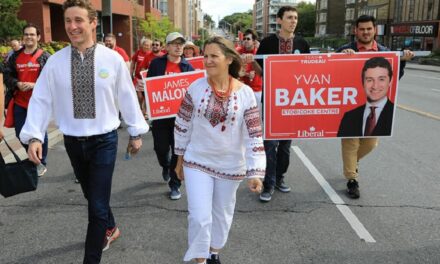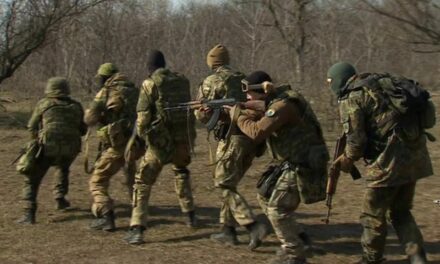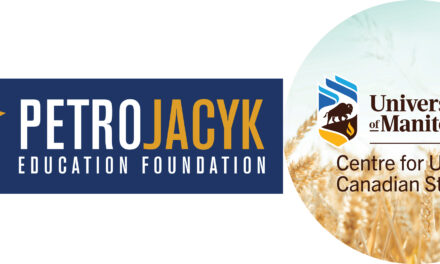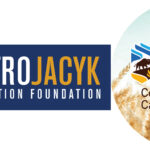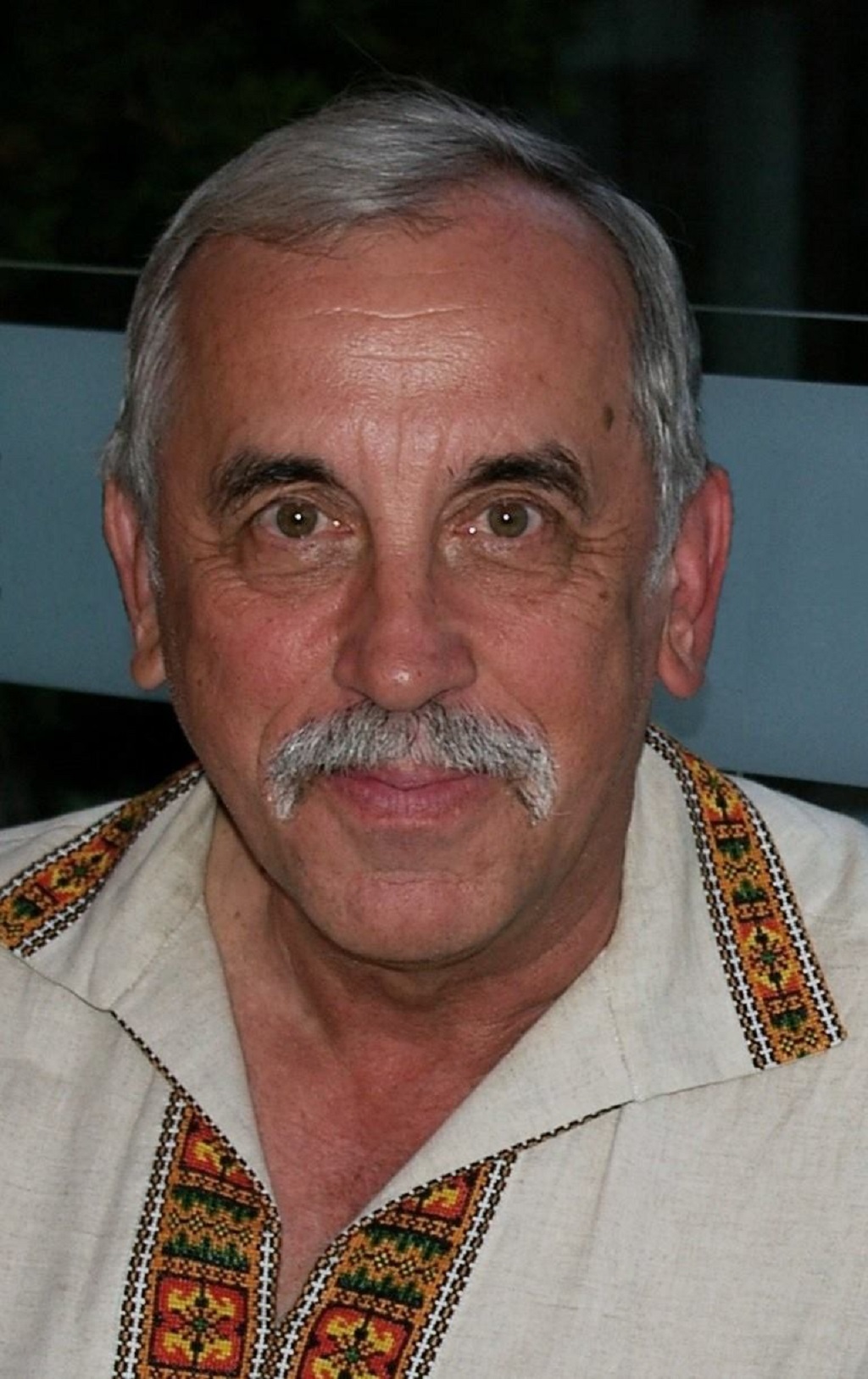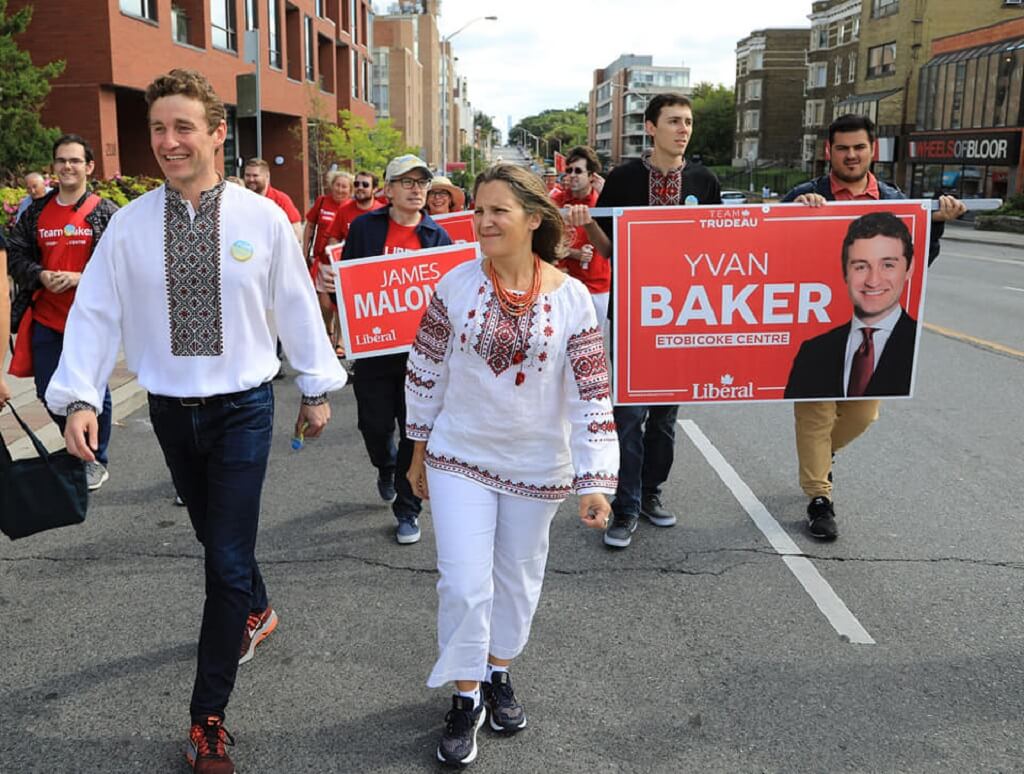Over the past few weeks, I have been working my way through a massive book titled Enemy Archives put out by well-known Canadian academic and author Lubomyr Luciuk and Volodymyr Viatrovych, a noted Ukrainian historian and the former director of the Ukrainian Institute of National Remembrance. The book is an edited compendium of material from the archives of the KGB as well as the Ukrainian underground during the heyday of the Ukrainian nationalist movement before, during and after the Second World War. The book consists of almost a thousand pages of original documents ably translated from Ukrainian and Russian by Marta Daria Olynyk.
Reading the book, is not for the faint of heart, not only because of its prodigious length and overwhelming amount of detail, but also because of what it reveals about the highs and the lows of the bitter struggle between the nationalist Ukrainian underground and its relentless nemesis, the Soviet NKVD and later the KGB. The primary focus of much of the book is on the organization, activities and ideology of the Ukrainian Insurgent Army, or the UPA (Ukrayinska Povstanska Armiya) as it was better known. During the war there were a number of underground groups formed to fight the Soviets, the Poles, the Nazis or any or all of these enemies of an independent Ukraine. Eventually most were incorporated into the UPA which in the latter stages of World War II came under the control of the Bandera faction of the Organization of Ukrainian Nationalists (OUN-B). The UPA engaged in extensive partisan activity up `until 1956, when the final remnants were liquidated by the KGB.
It is difficult to precisely estimate the size of the UPA forces, with estimates varying between 20,000 and 100,000 fighters. The actual numbers at any given time varied widely during the war as well as in the years after when it was still active. The impact of their activities during that critical period of history cannot be underestimated, as even today’s Russian successors to the Soviet tyranny of the time are still haunted by the bogeyman of Stefan Bandera and his “Banderivtsi”. To the Russians, any Ukrainian resisting Russian domination is referred to as a “Banderivets”, and, of course, to the Russians, being a “Banderivets” was synonymous with being a fascist or Nazi. To spite the Russians, many Ukrainians today consider being called “Banderivtsi” a badge of honour.
The most commendable aspect of the book is the wealth of original documents that paint a detailed picture of the genesis of OUN-B and the UPA, its ideological evolution, its command structure, tactics and its combat activities against the Soviets, the Nazis and the Poles. A large proportion of these were documents seized by the various Soviet security forces, but some came from recently discovered caches that were buried or otherwise hidden and preserved by the Ukrainian insurgents themselves so as to leave a historical legacy of their activities for future generations of Ukrainians. This is supplemented by a vast collection of reports, directives and other primary documents created by the various Soviet security organs such as the NKVD, MGB, MVD and KGB who sought to eliminate the underground Ukrainian nationalist movement entirely.
Of particular interest to me was the section on the conflicts between the UPA and the Polish inhabitants of Galicia and Volhynia. There is still much controversy over the involvement of the various Ukrainian partisan groups in ethnic cleansing operations and the book does not shy away from documenting this uncomfortable aspect of the history of that time. Both the Poles and the Ukrainians engaged in brutal fighting that caused a lot of collateral damage and civilian casualties. To quote one UPA report from April 2, 1944: “An oblast fighting group numbering fifty men carried out an operation against the above-mentioned colony (Zemianok). During the operation, forty Poles were liquidated, and fifty-two farms were burned down.” There are many similar such reports, as well as those documenting attacks by armed Polish groups on Ukrainian villages. The book justifiably does not render judgment on what transpired or try to assess blame either way, but it is clear that under the extreme wartime conditions that prevailed at that time, such incidents were not uncommon.
The one shortcoming that I could mention regarding the book is that is that it focuses almost exclusively on the activities of the OUN-B and the UPA organizations, and I was somewhat disappointed that it contains little material on other groups such as the Melnyk faction of the OUN (the OUN-M), the Galicia Division or other partisan groups such as the one led by Taras Bulba-Borovets. While it is true that the OUN-B became the dominant force in the armed struggle carried out by the Ukrainian underground at that time, the book can be said to have a strongly OUN-B perspective on this period of Ukrainian history. As an example, the leader of OUN-M, Andriy Melnyk is hardly mentioned in the book at all, and when he is, it is to quote an official OUN-B resolution branding him as a “traitor” and “saboteur”.
Aside from this minor inherent bias, the book is an incredibly detailed source of information and contains a wealth of original source material as well as photographs that would be of great value to anyone interested in this crucial period of modern Ukrainian history. The book’s price (more than $100) may deter some, but you have my assurance that if you are a Ukrainian history buff as I am, it is a truly worthwhile investment.
Share on Social Media






